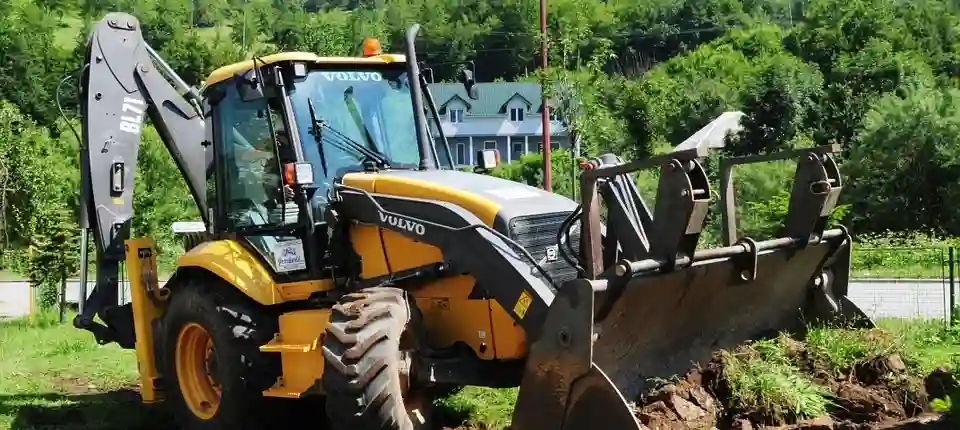
Tank Triage: Assessing and Managing Oil Tank Removal Risks
Beneath the surface of many homes lies a potential hazard that demands careful attention – aging oil tanks. The process of oil tank removal involves inherent risks, from environmental contamination to structural challenges. “Tank Triage” is a comprehensive guide for homeowners, offering insights into assessing and effectively managing the risks associated with oil tank removal.
Recognizing the Risks: Understanding the Potential Hazards
Before embarking on oil tank removal, homeowners must recognize the risks associated with these underground structures. Aging tanks are susceptible to corrosion, leaks, and structural degradation, posing potential environmental and safety hazards. Acknowledging these risks is the first step in implementing effective tank triage strategies.
Environmental Impact Assessment: Gauging the Extent of Contamination
Conducting an environmental impact assessment is a crucial aspect of tank triage. Before removal, homeowners should enlist professionals to assess the extent of potential contamination in the soil and groundwater surrounding the tank. This assessment provides a baseline for understanding environmental risks and guides the development of a strategic removal plan.
Regulatory Compliance: Navigating Legal Requirements
Navigating the regulatory landscape is a critical component of tank triage. Homeowners must be well-versed in local regulations governing oil tank removal. Securing necessary permits and adhering to legal requirements ensures compliance and helps manage the risks associated with the removal process. Failure to comply can lead to legal complications and environmental consequences.
Professional Consultation: Tapping into Expertise for Informed Decisions
Tank triage involves tapping into professional expertise for informed decision-making. Engaging certified removal professionals provides homeowners with expert insights into the condition of the tank, potential risks, and the most suitable removal methods. Professionals can assess the risks associated with specific tanks and guide homeowners toward effective risk management strategies.
Risk-Based Decision-Making: Tailoring Strategies to Individual Tanks
Not all oil tanks pose the same level of risk. Tank triage requires a risk-based decision-making approach, tailoring strategies to the individual characteristics of each tank. Factors such as age, material, and location influence the level of risk, guiding homeowners and professionals in developing targeted risk management plans for effective removal.
Choosing the Right Removal Method: Mitigating Structural Risks
The choice of removal method plays a crucial role in tank triage, particularly in mitigating structural risks. Assessing the structural integrity of the tank guides the decision between in-place abandonment and complete extraction. Strategic removal methods help minimize the risk of structural damage during the removal process, ensuring a safer operation.
Site Excavation Strategies: Safeguarding Against Unforeseen Challenges
Excavating the site is a critical phase in tank triage, and strategic approaches can safeguard against unforeseen challenges. Careful digging techniques and the use of protective barriers help prevent soil collapse and protect surrounding structures. Skilled operators employing excavation strategies contribute to a smoother removal process and minimize risks.
Contingency Planning: Anticipating and Addressing Unforeseen Events
Tank triage necessitates the development of contingency plans to address unforeseen events. Unanticipated challenges, such as hidden tanks or unexpected contamination, can arise during the removal process. Strategic contingency planning allows for prompt responses to mitigate risks, ensuring that the removal operation remains on track.
Post-Removal Assessment: Confirming the Success of Triage Strategies
After the tank has been removed, a post-removal assessment is crucial to confirm the success of tank triage strategies. Environmental testing and soil analysis help verify that the removal process has effectively managed risks and left the property in a safe and clean condition. Post-removal assessments provide homeowners with assurance and peace of mind.
Documentation and Reporting: Building a Record of Triage Success
Documenting the entire tank triage process is essential for building a record of success. Comprehensive records, from environmental assessments to removal strategies and post-removal assessments, serve as valuable documentation. This record not only ensures transparency but also provides homeowners with a documented history of successful tank triage practices.
Conclusion:
Tank triage is a comprehensive and strategic approach to assessing and managing the risks associated with oil tank removal. By recognizing the potential hazards, conducting environmental impact assessments, navigating regulatory requirements, and consulting with removal professionals, homeowners can develop informed risk management strategies. Tailoring removal methods, implementing excavation strategies, and planning for contingencies contribute to the overall success of tank triage. Post-removal assessments and thorough documentation build a record of success, providing homeowners with confidence in the safety and efficacy of the oil tank removal process.